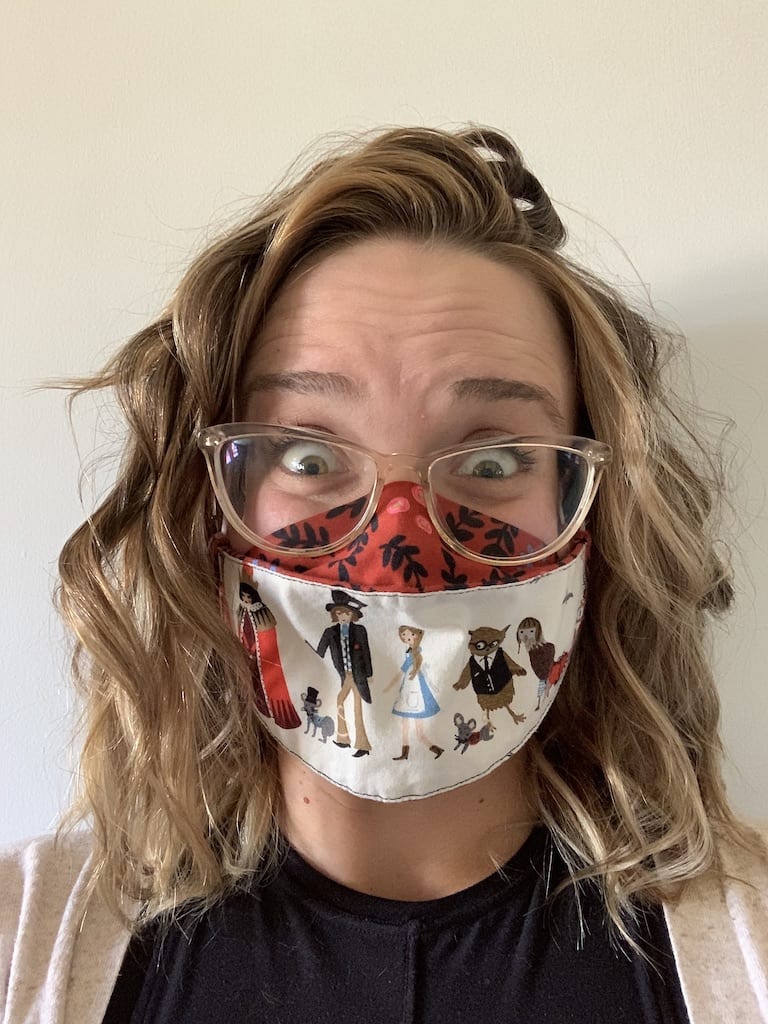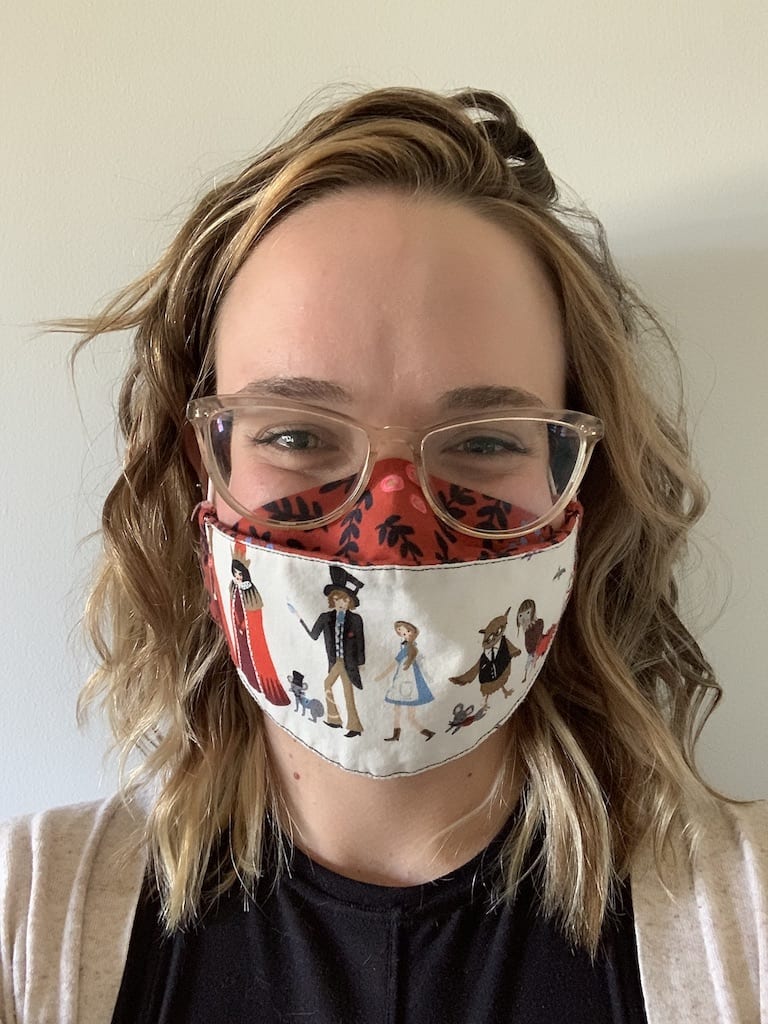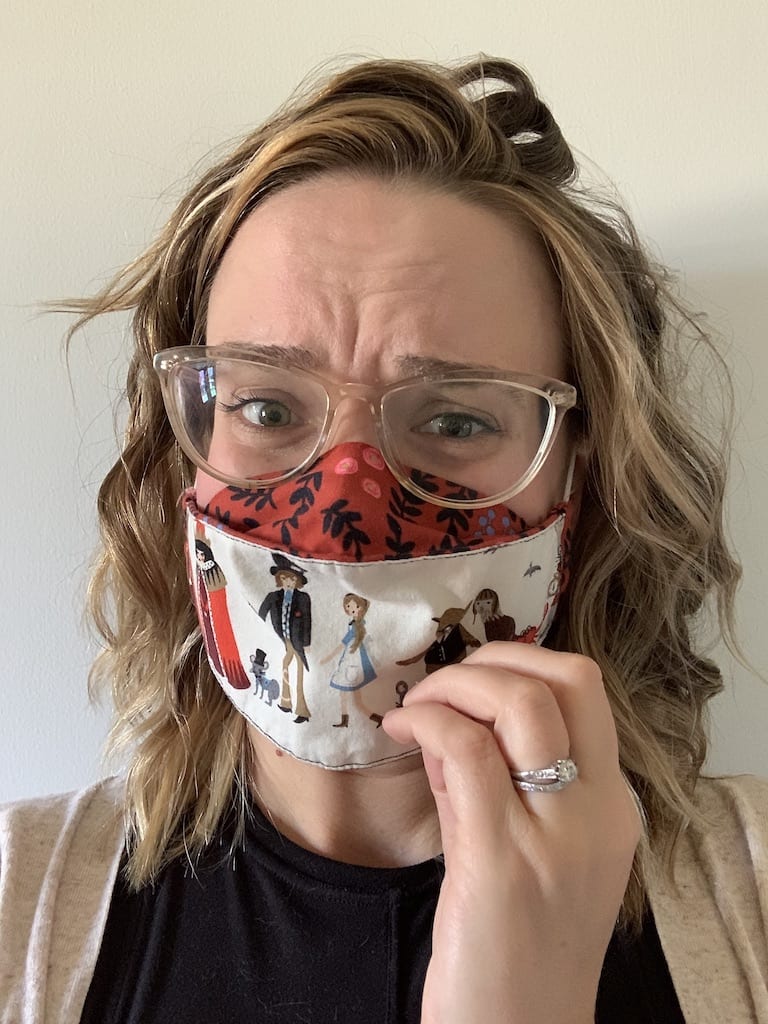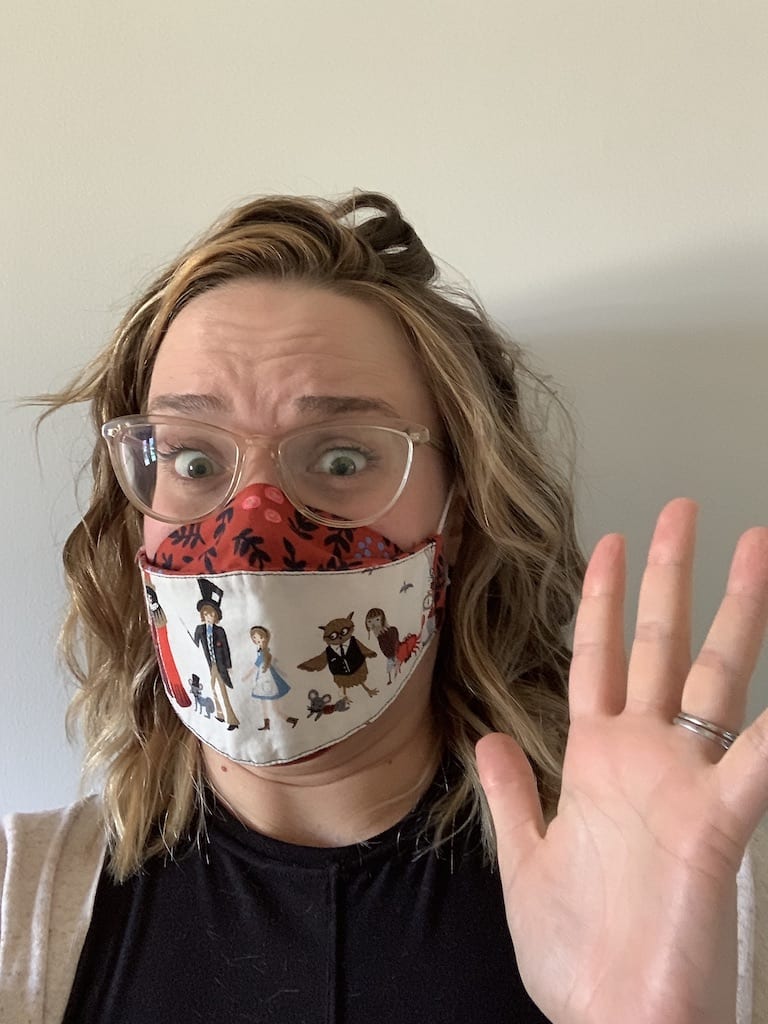What does wearing a mask mean for our children’s social development and how can we help support it during COVD-19.
In addition to mask wearing, these times bring around a lot of new “social rules” that were not there before. For example, we used to want kids to keep their body with a group of people they are working or playing with instead of walking away from the group. Now, we are asking them to stay distanced from the group. We used to want kids to greet others with a high five, fist bump or handshake. Now we are asking them to not touch others. We used to ask them to share their toys with other children. Now we are asking that they do not share their toys with others outside their families. Finally, there are limited opportunities to practice social skills in the time of the pandemic. No school, extracurriculars or playdates. As we continue to settle into the “new norma” we, as caregivers, have to start changing our mindset around social experiences and likely we will have to put more thought into teaching some of these skills that we previous took for granted.
Find some tips and games below to help you work with your child on developing the skills to read the social cues, even from behind a mask!


- Recognizing/using changes in facial muscles
- Recognizing/using changes in eye movement
- Recognizing/using changes in posture
- Recognizing/using arm placement


- Play games with your mask on (see below)
- Look a pictures of people with your child. Talk about the non-verbal cues you notice, or ask your child to make smart guesses about the body language they can see.
Facial Expressions, body language, and tone of voice:
If you are feeling overwhelmed at the thought of knowing what to say or teach, here are some basics to help get you going. Keep in mind that everyone is different and two two faces will show the same emotion in the exact same way. If you use visuals to help teach, make sure they are from variety of people. And keep in mind that sometimes you may need to be a detectives and use clues from around us to figure out the correct emotion from two options.
- Facial expression basics:
- Crinkles around the side of the eye and a raising of the cheeks can indicate smiling. This is often accompanied with a smooth forehead/now eyebrow wrinkles.
- Eyebrows coming together at the center, lowering down, and squinting eyes can indicate anger/frustration
- Sad faces can vary but often eyes will be more downcast. You might see eyebrow movement but the wrinkle between the brows might be less pronounced than anger. Body language will help a lot with this.
- Raised eyebrows and large/wide open eyes are associated with surprise (good or bad surprises).
- Eyebrows that come together in the center, but where eyes are opened wider can indicate fear.
- Flat forehead slightly hooded eyes could mean bored or sleepy.
- Body language basics:
- Open body language:
- Relaxed, upright posture
- Good eye contact
- Calm, open hands
- Body turned towards you
- Closed body language:
- Crossed arms and legs
- Body turned away from you
- Possibly decreased eye contact
- Open body language:
